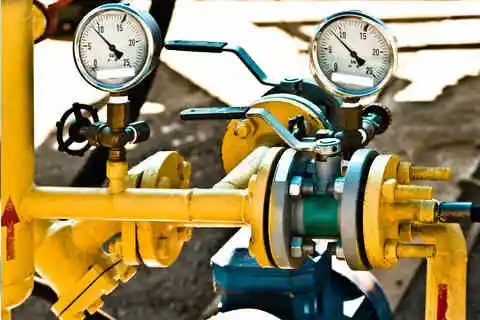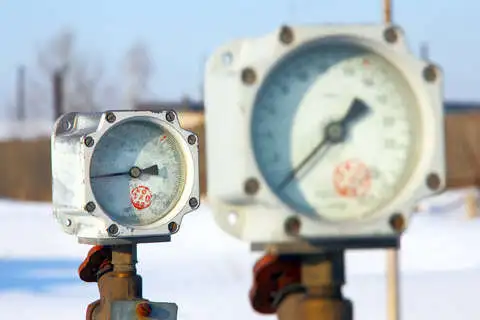
American Gas Associations' Gas Measurement Manuals
The American Gas Association’s Gas Measurement Manuals provide a comprehensive outline of the gas measurement industry. These standards include a brief history of gas measurement, descriptions of the most salient business practices and theories of operation, as well as a lengthy glossary of terms. Optimal practices for the selection, installation, and maintenance of measurement and monitoring equipment are provided; the use of inferential, orifice, displacement, and turbine meters are presented. Guidelines for sampling and analyzing gases, varying computation techniques, and the methods of identifying specific gas properties such as gravity, heating value, moisture content, sulfur, temperature, pressure, supercompressibility, density, total composition and proper odorization are featured.







